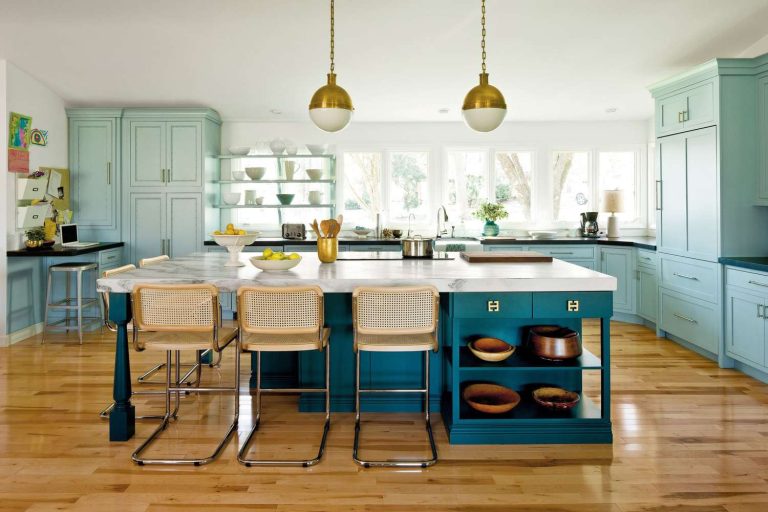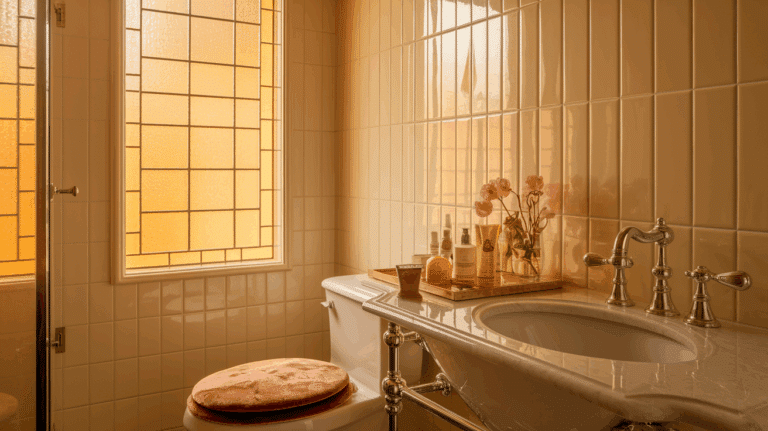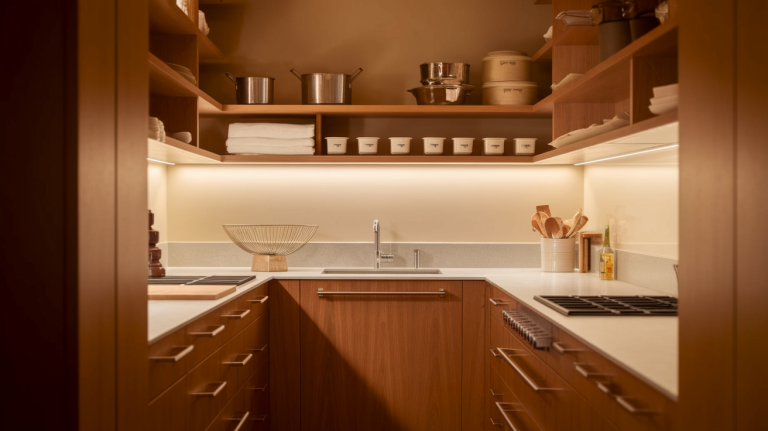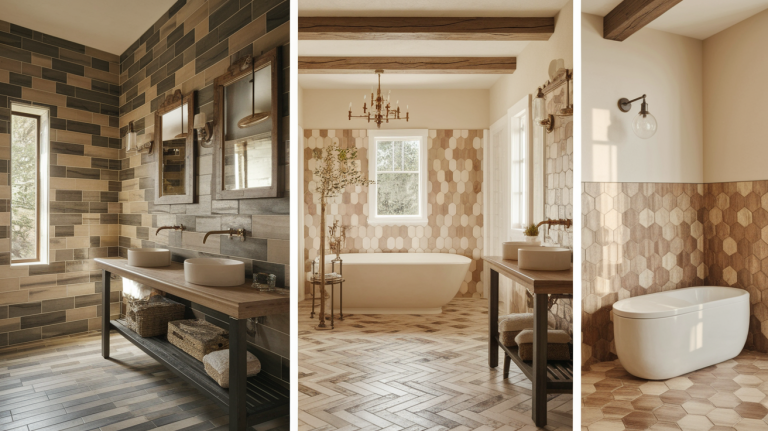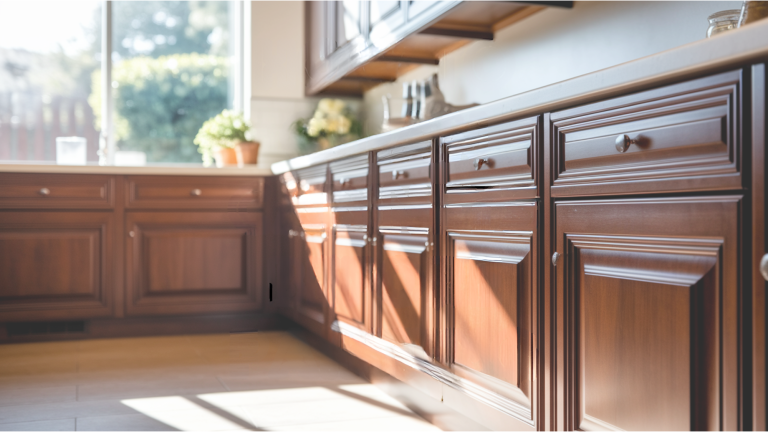Marble vs Granite Countertops: Key Difference
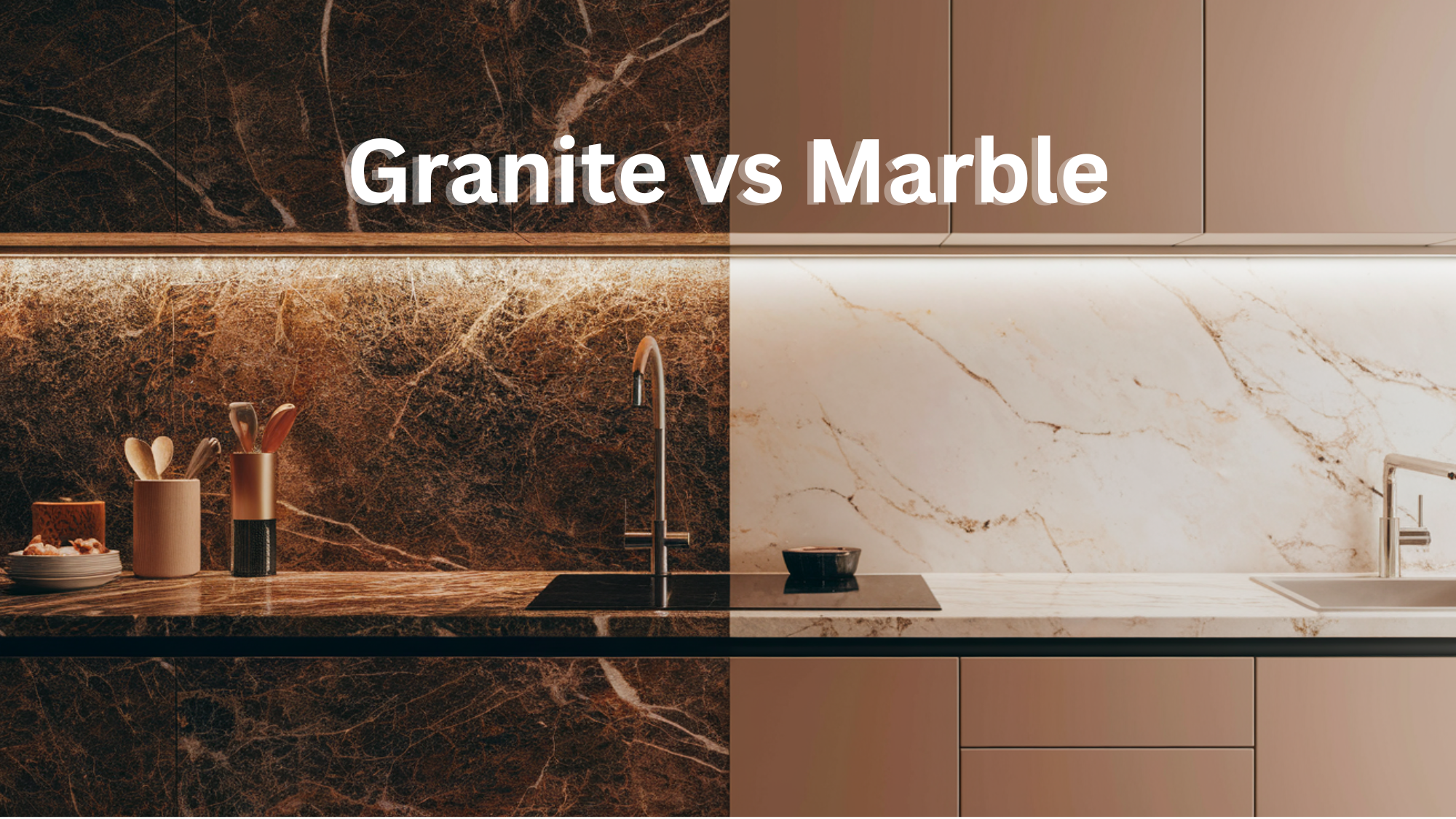
Are you standing at the crossroads of kitchen renovation, torn between the timeless beauty of marble and the rugged durability of granite? You’re not alone.
This decision ranks among the most important choices homeowners face when designing their dream kitchen, as it affects not only style but also functionality, maintenance requirements, and budget considerations.
Marble and granite both offer natural beauty and durability, but differ in appearance, strength, and maintenance requirements.
This blog covers the key difference between marble and granite countertops, their costs, and helpful tips to maintain their longevity and beauty.
Understanding Marble Countertops
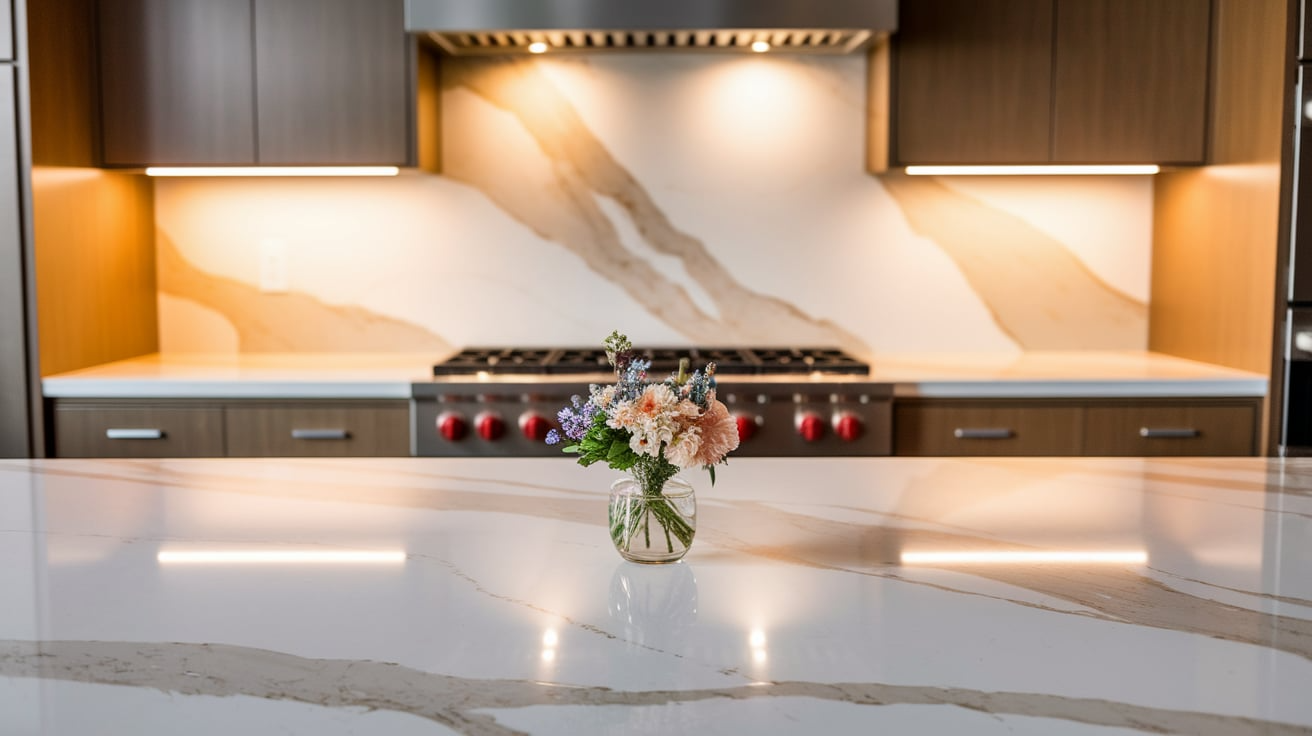
Marble is a metamorphic stone formed from limestone under intense heat and pressure, which creates its distinctive crystalline structure.
Popular kitchen varieties include Carrara (characterized by subtle gray veining), Calacatta (featuring bold, dramatic veining), and Statuario (characterized by crisp white with striking gray patterns).
What distinguishes marble is its unique luminosity—light penetrates slightly beneath the surface before reflecting back, creating an unmatchable glow that artificial materials cannot duplicate.
This stone offers a naturally cool working surface ideal for baking, though it comes with practical considerations regarding maintenance and durability that homeowners should weigh against its undeniable beauty.
Pros and Cons of Marble Countertops
| Pros | Cons |
|---|---|
|
Stylish, luxurious appearance |
Stains easily due to a porous surface |
|
Naturally cool—great for baking |
Scratches and chips more easily than granite |
|
Unique veining—each slab is one-of-a-kind |
Requires regular sealing and maintenance |
|
Boosts home value as a high-end feature |
More expensive than many other options |
About Granite Countertops
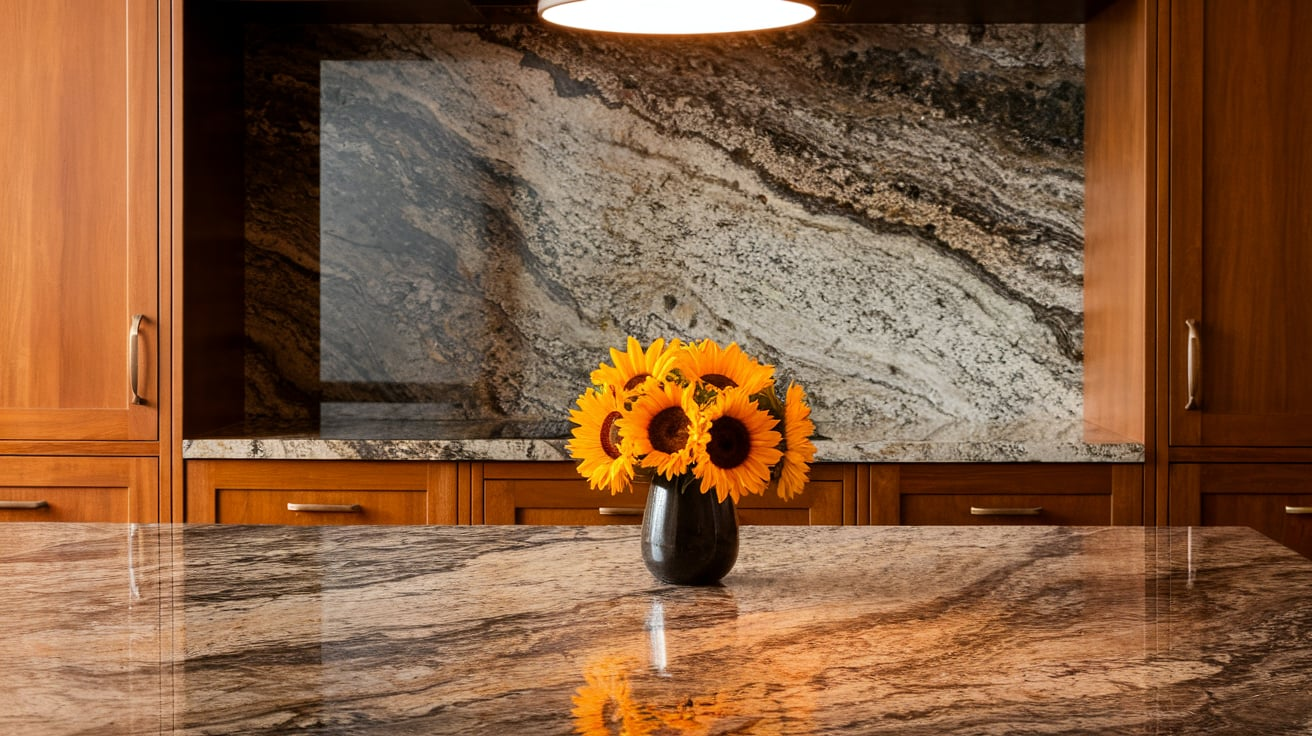
Granite is an igneous rock formed from cooled magma deep within the Earth, composed primarily of quartz, feldspar, and mica.
Popular granite options include Absolute Black (a deep, consistent black), Blue Pearl (a shimmering blue-gray with iridescent flecks), and Baltic Brown (a warm brown with burgundy and black mineral deposits).
What makes granite stand out is its exceptional durability and resistance to heat, scratches, and everyday wear. The dense crystalline structure creates a hard surface that, when properly sealed, resists stains and bacteria.
This robust stone brings natural warmth and dimension to kitchens, providing a practical work surface that can withstand decades of heavy use. It is a favorite for busy households that prioritize both beauty and functionality.
Pros and Cons of Granite Countertop
| Pros | Cons |
|---|---|
|
Highly durable and resistant to scratches and chips |
Can be expensive, especially for high-quality slabs |
|
Resistant to stains when sealed properly |
Requires periodic sealing to maintain its resistance to stains |
|
Available in a wide variety of colors and patterns |
Can be heavy and difficult to install without professional help |
|
Adds value to your home with a premium feel |
Seams may be visible, especially in large surfaces |
|
Natural stone with a timeless style |
Some granite can be prone to cracking in extreme conditions |
Marble vs. Granite Countertop Cost
While marble and granite both bring beauty and durability to your kitchen or bathroom, their price tags can vary widely.
Several key factors impact the overall cost, beyond just the material itself. Understanding these elements can help you plan your budget more effectively and make informed decisions when selecting the perfect countertop.
- Material Quality and Rarity: Higher-grade or rare stones (like Calacatta marble or Blue Bahia granite) are more expensive due to their unique patterns and limited availability.
- Type of Marble or Granite: Each variety has its own price point. For example, Carrara marble is more affordable, while Calacatta or Statuario options are significantly pricier.
- Complexity of Installation: Custom edge profiles, sink or cooktop cutouts, and backsplashes increase labor and fabrication costs.
- Location and Supplier: Regional pricing and supplier markups can impact the total cost. Buying from local sources may help reduce expenses.
Granite: $60 – $150/sq.ft
Marble: $60 – $200/sq.ft
Key Differences Between Marble and Granite Countertops
| Feature | Marble Countertops | Granite Countertops |
|---|---|---|
|
Appearance |
Elegant with unique veining, softer patterns | Speckled, more consistent patterns and colors |
|
Durability |
Softer, more prone to scratches and etching | Harder, more scratch-resistant and heat-resistant |
|
Porosity |
Highly porous, stains easily without sealing | Less porous, more stain-resistant when sealed |
|
Maintenance |
Requires frequent sealing and gentle cleaning | Easier to maintain, needs sealing less often |
|
Cost |
Generally more expensive | Typically more affordable than marble |
|
Best For |
Luxurious bathrooms or low-traffic kitchens | High-traffic kitchens, family-friendly surfaces |
|
Heat Resistance |
Good, but can scorch with direct heat | Excellent heat resistance |
|
Aesthetic Style |
Classic, timeless, luxurious | Bold, natural, durable |
The choice between marble and granite ultimately depends on your preferences, budget constraints, and willingness to perform regular maintenance.
While marble typically costs more initially and requires more care, its timeless look remains unmatched. Granite offers excellent durability and a wider range of color options at a generally lower price point.
Installation Considerations for Marble and Granite Countertops
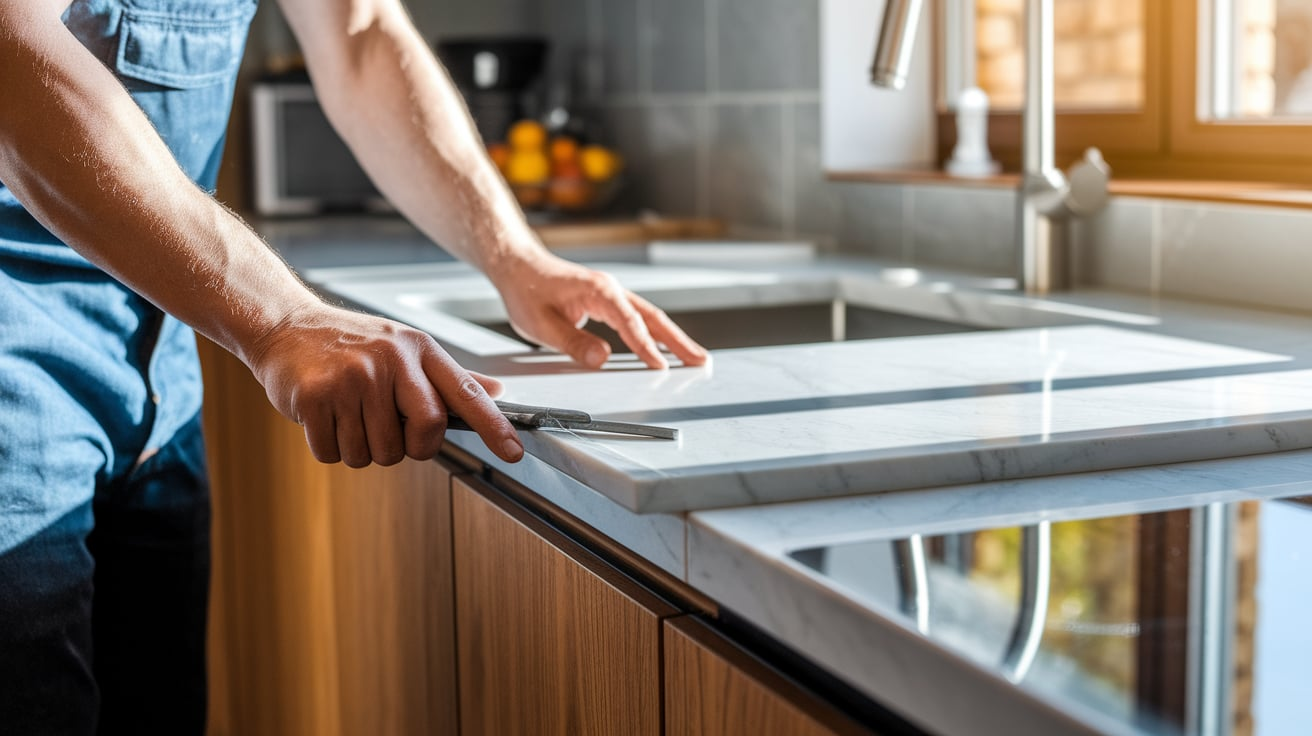
Weight and Structural Requirements
Both materials are heavy (granite: 18-20 lbs/sq ft, marble: 15-18 lbs/sq ft) and require proper cabinet support. Large islands and overhangs need additional reinforcement.
Always consult with a structural professional before installation, especially in older homes where cabinet structures might not be designed for such heavy materials.
Fabrication Complexity
Marble is generally easier to cut and shape than granite due to its softer composition, which can potentially reduce fabrication time and complexity.
However, marble’s susceptibility to chipping during fabrication requires experienced craftsmen. Granite, being harder, requires specialized diamond-tipped tools and more labor-intensive cutting processes.
Complex layouts with multiple cutouts for sinks, cooktops, or unusual angles will increase fabrication complexity and cost for both materials, though slightly more for granite.
Seam Visibility
Seams are virtually unavoidable in larger kitchens as natural stone slabs typically max out at 9-10 feet in length. Granite’s varied patterns and speckled appearance often help camouflage seams better than marble’s more linear veining.
With marble, fabricators must carefully match veining patterns at seams, requiring additional skill and sometimes resulting in more visible joints. Professional installation makes a significant difference in minimizing seam visibility for both materials.
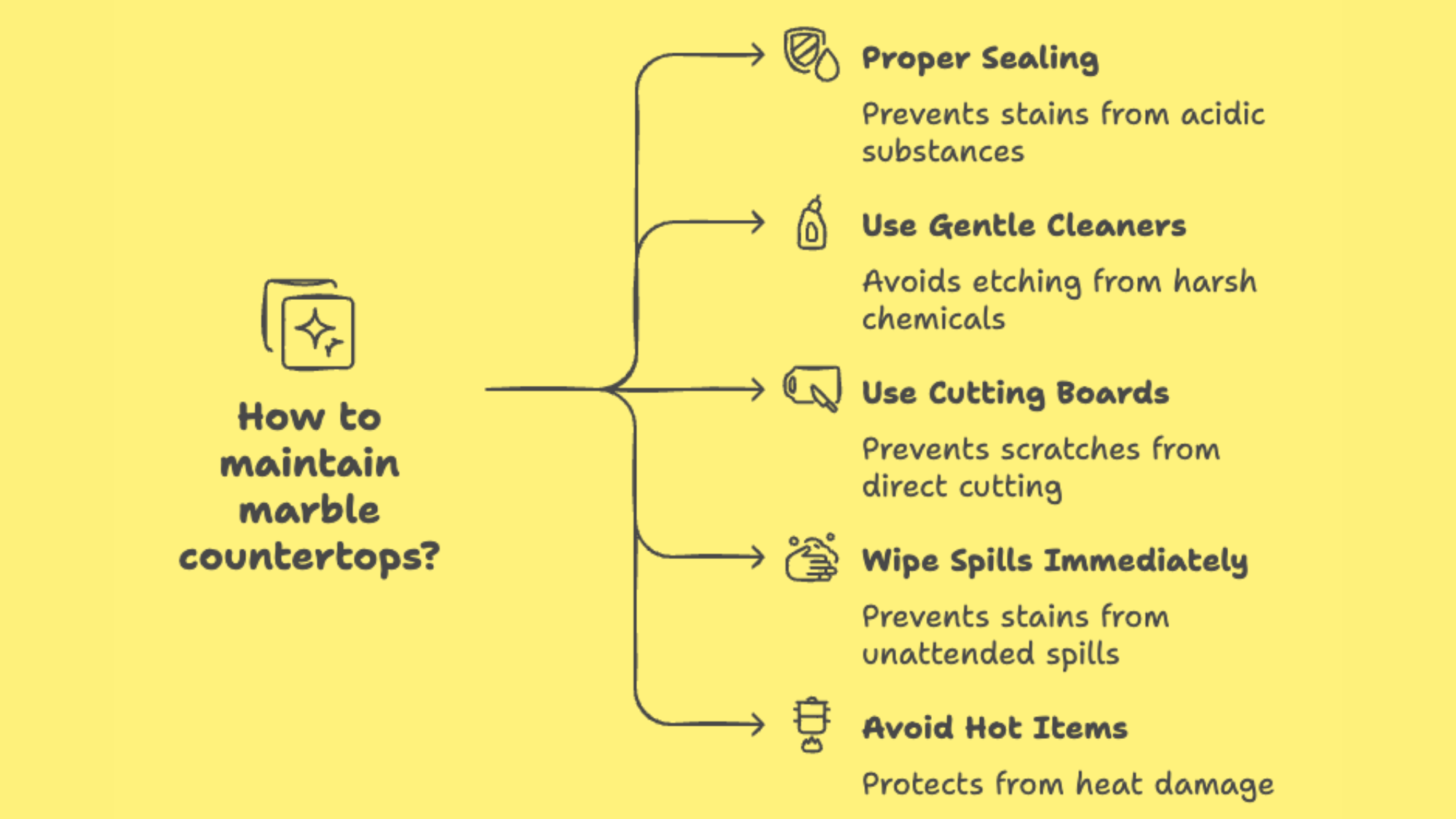
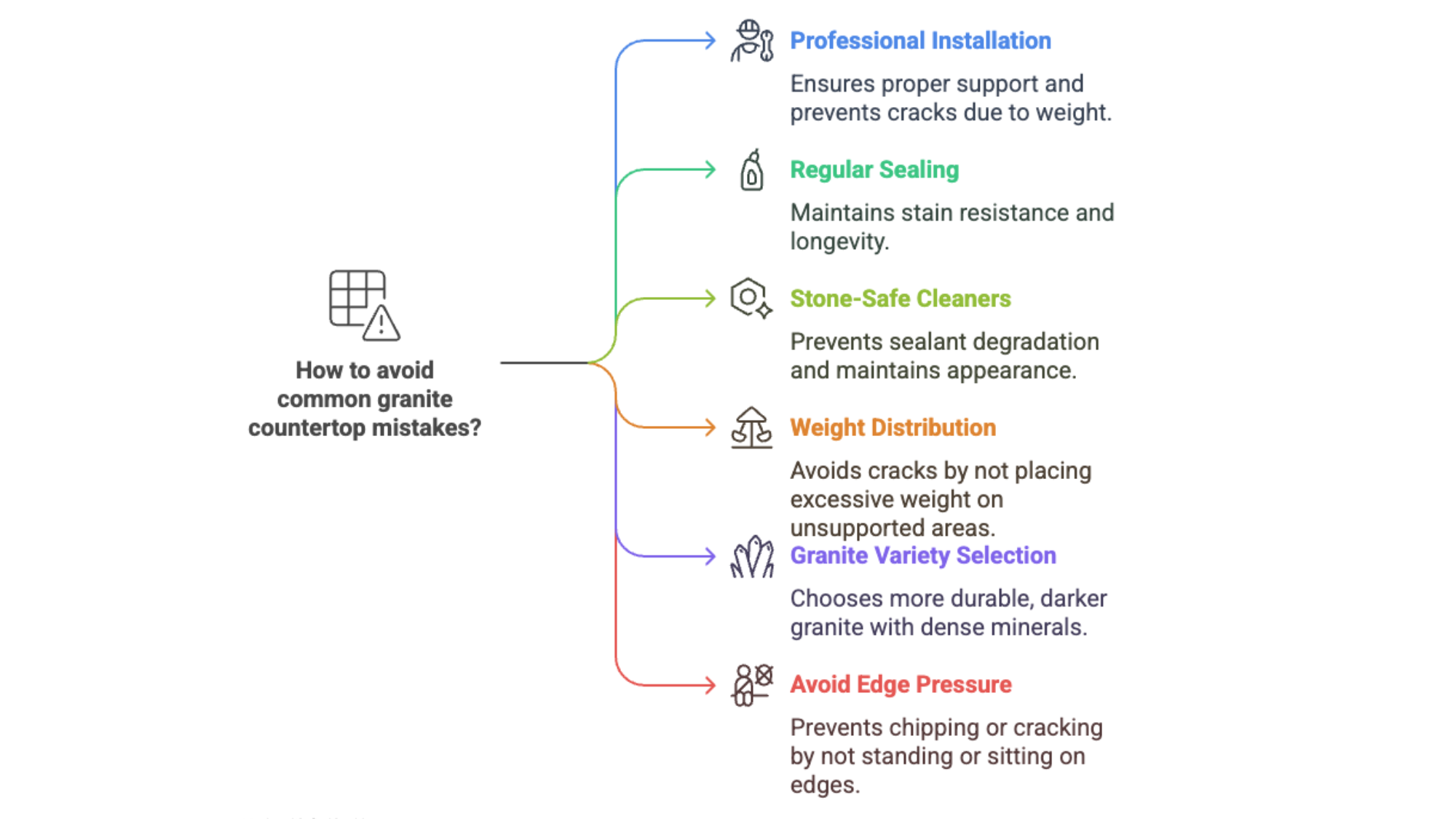
Conclusion
Your choice between marble and granite ultimately depends on your priorities. Choose marble if you value timeless style and a unique patina that tells your kitchen’s story, but be prepared for vigilant maintenance.
Opt for granite if durability and minimal maintenance are top priorities, while still enjoying the natural beauty and excellent resale value.
Remember—this isn’t just a material choice but an investment in your home’s heart.
Ready to renovate your kitchen? Contact stone specialists today for personalized samples and a free in-home consultation. Your dream countertop is just a conversation away!

